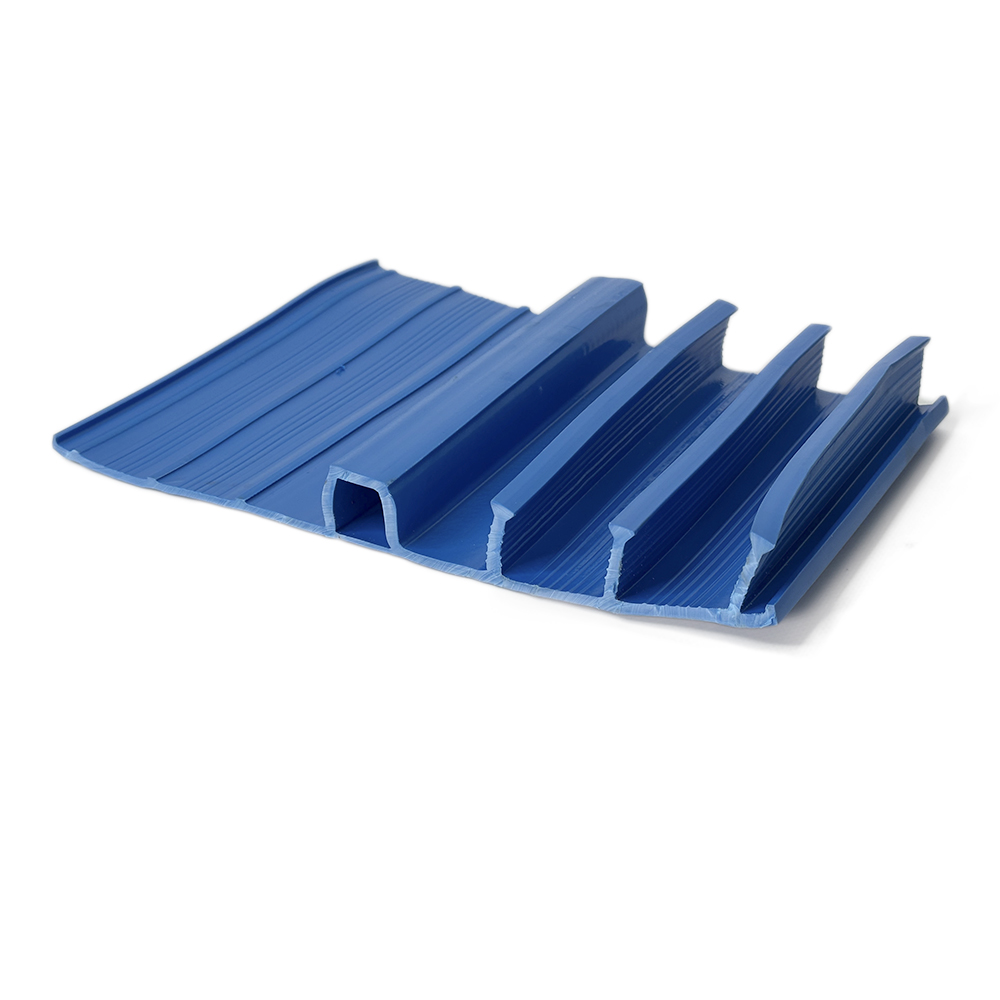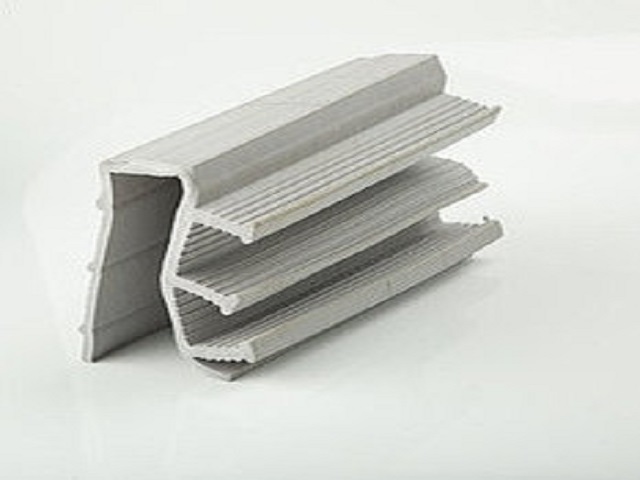Combined hydraulic gasket for working joints KAB-125, bay 25 meters
Product code: 0094
Combined hydraulic gasket for working joints KAV-125, bay 25m
968,00 uah
Hydroshponka KAV 125 with a cord made of hydrophilic rubber combined for use in working and structural seams. KAB125 key is a key with an expanding hydrophilic cord for sealing and waterproofing structural joints of concrete structures. Even at high water pressure, the combined KAB key provides waterproofing due to the expanding rubber cord and the ribbed part of the key itself. KAB key is an effective system against water penetration, and also easy to install.
- there is no need to make a suture protrusion or change the reinforcement system
- simple installation in a concrete structure with low labor costs
- stability during installation due to mounting brackets
- end heat welding joint to joint
- small bending radius
- reliable sealing and waterproofing are provided due to the ribbed part of the key and the expanding cord round in cross section
| Specifications | Od.vim. | Vimogi |
| It's called the Wiglade | Without any fractures | |
| Shore Hardness | Sh | 83±5 |
| Between the cities | MPa | ≥8 |
| Today, the wedding ceremony is held at rozrivi | % | ≥200 |
| Place on the outlet | N/mm | ≥12 |
| Behavior at low temperatures | % | -20oC, ≥100 |
Appearance - Without cracks and fractures
Shore Hardness Sh 83±5
Tensile strength MPa ≥8
Elongation at break % ≥200
Tensile strength N/mm ≥12
Behavior at low temperatures, -20o C,
elongation at break % ≥100
KAV tapes are successfully used in sewage treatment plants, swimming pools, reservoirs, foundations of residential buildings, etc.
CAV tapes effectively seal construction joints under hydrostatic pressure up to 0.2 MPa below the groundwater level with a variable level, for example, in basements or tunnels.
The tape is not sensitive to water pollution – alkaline and acidic.
REFERENCE DOCUMENTS
catalog: Sealing systems No. 1;
in accordance with the technical approval of IBDiM AT/2006-03-2101/2;
HK/W hygiene certificate/0922/01/2011 .
STORAGE/TRANSPORTATION
Sealing tapes should be transported on pallets to protect them from adverse weather conditions and to protect them from mechanical damage.
The tape should be stored in its original packaging on a flat surface. Keep away from direct sunlight.
- When installing the key to the concrete pouring of the foundation plate of the CAV, the key is installed directly on the reinforcing bars and fixed with clips with an interval between clips of 0.5 m.
- If the key is installed during or immediately after pouring concrete, the key must only be inserted into the freshly laid concrete, after which the concrete mixture can be compacted by vibrating in the usual mode.
- The marking strip, located at a height of 3.0 cm from the edge of the key, serves as an installation depth control.
- The maximum depth of immersion in concrete of the lower part of the key with an expanding profile is 4.0 cm.
- The dowels can be connected to each other in two different ways:
- The end heat welding of the dowels is performed using a welding axe (the expanding cord is removed and inserted back only after welding).
- Parallel installation of overlapping dowels at a length of approximately 50 cm and at a distance of 5 cm from each other (in case of presence of water pressure, preference should be given to welding of dowels).
- Cross and T-shaped key joints are also produced by heat welding using a welding axe or a construction hair dryer.
- warning:
- During installation, follow the construction safety regulations and the guidelines set out in this document.
How to connect the key to each other?
The dowels can be connected to each other in two different ways:
• End heat welding of dowels is performed using a welding axe (the expanding cord is removed and inserted back only after welding).
• Parallel installation of overlapping dowels at a length of approximately 50 cm and at a distance of 5 cm from each other (in case of presence of water pressure, preference should be given to welding of dowels).
• Cross and T-shaped key joints are also produced by thermal welding using a welding axe or a construction hair dryer.
How is the combined hydroshonk KAB used?
When installing a hydraulic key for pouring concrete of the foundation plate of the CAV, the key is installed directly on the reinforcing bars and fixed with clips with an interval between clips of 0.5 m.
If the key is installed during or immediately after pouring concrete, the key must only be inserted into the freshly laid concrete, after which the concrete mixture can be compacted by vibrating in the usual mode.
The marking strip, located at a height of 3.0 cm from the edge of the key, serves as an installation depth control. The maximum depth of immersion in concrete of the lower part of the key with an expanding profile is 4.0 cm.
How do I connect a hydraulic gasket?
- The dowels can be connected to each other in two different ways:
- The end heat welding of the dowels is performed using a welding axe (the expanding cord is removed and inserted back only after welding).
- Parallel installation of overlapping dowels at a length of approximately 50 cm and at a distance of 5 cm from each other (in case of presence of water pressure, preference should be given to welding of dowels).
- Cross and T-shaped key joints are also produced by heat welding using a welding axe or a construction hair dryer.
Related materials
Related materials
Internal hydraulic gasket for expansion joints VD 320, PVC, 20 m bay, blue
Internal hydraulic joint for expansion joints
Hydraulic gasket internal hydraulic gasket for expansion joints VD 240, PVC, blue, bay 20 m
Hydraulic gasket internal hydraulic gasket for expansion joints VD 240, PVC, bay 20 m
Internal hydraulic gasket for expansion joints VD 200, PVC, 20 m bay, blue
Internal hydraulic gasket for sealing and waterproofing of deformation movable joints VD 200, PVC, bay 20 m, blue color
Combined hydraulic gasket for working seams KAB-150, bay 25 meters
Combined hydraulic joint for working seams KAV-150
Hydraulic joint PO-1 repair hydraulic joint for expansion joints , bay 20 m, gray
Repair hydraulic joint for expansion joints of the PO-1 series
Repair hydraulic gasket for expansion joints ND-R 200, PVC, bay 20 m, blue
Repair hydraulic joint for expansion joints
Repair hydraulic gasket for expansion joints of the PO-3 series, bay 20 m
Repair hydraulic joint for expansion joints of the PO-3 series
© "Protex-S" LLC2021 | Website created by MD Design



